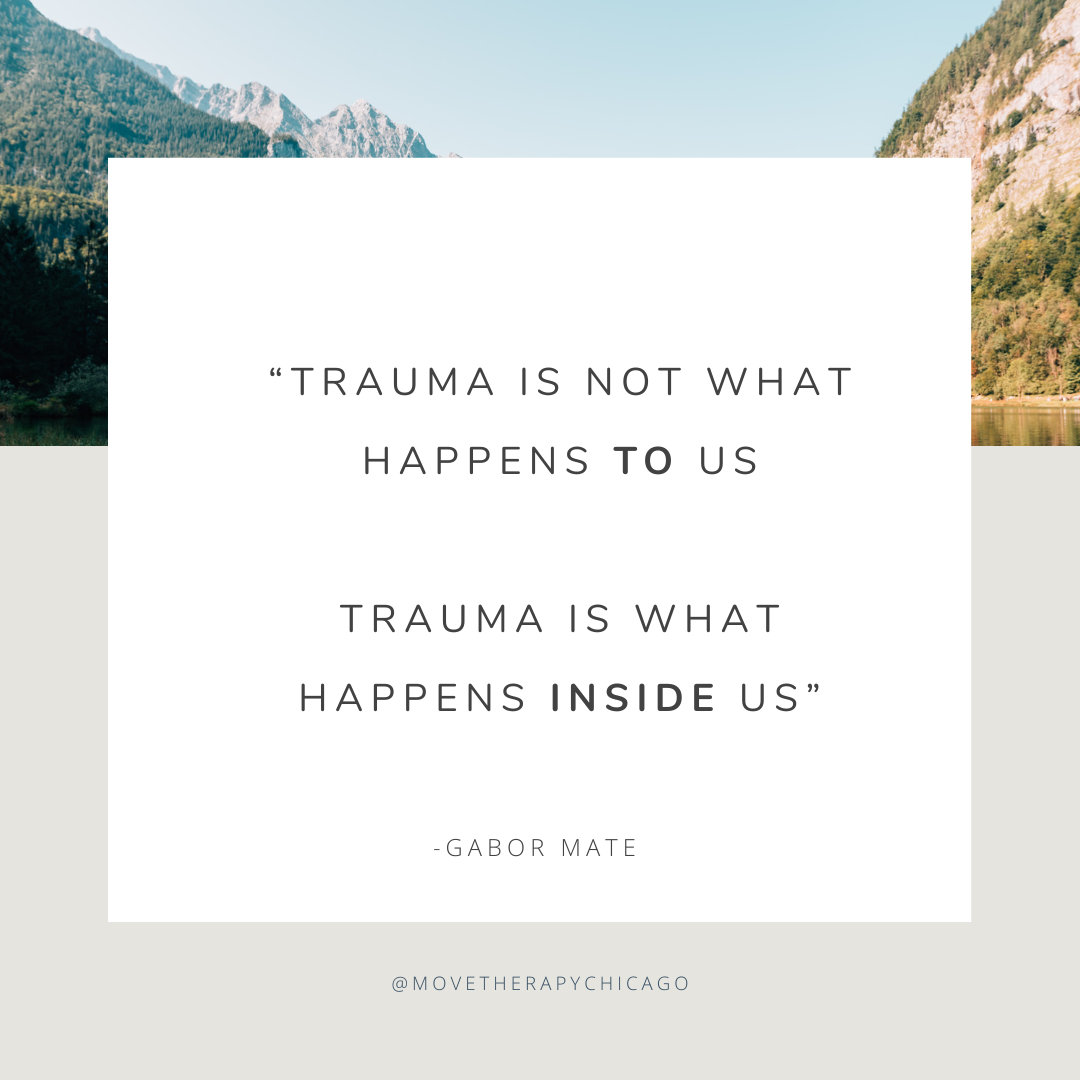“People who suffer very bad events have new doors open for them and that it’s important to be prepared to walk through them.”
-Martin Seligman
Trauma is defined as any situation or event that overwhelms one’s ability to cope. Post-Traumatic Stress Disorder (PTSD) was first recognized as a mental illness when it was included in the Diagnostic and Statistical Manual of Mental Disorders, Third Edition (DSM-III) to describe the shared experience of veterans returning from the Vietnam War. At that time, the diagnosis was solely used for veterans displaying a very specific symptom cluster that was considered “outside the range of normal human experience.” Mental health practitioners and researchers slowly started recognizing that same symptomology amongst individuals who had experienced other traumas like childhood abuse and rape. Instead of an anomaly experienced by a specific subset of the population, PTSD appeared more widespread and complex than initially considered. Nowadays, research shows that most people report experiencing at least one potentially traumatic event in their lifetime, with the prevalence of PTSD at approximately 5–9% in the United States.
As research and treatment for PTSD has advanced over time, so too has our understanding of the variety and complexity of reactions to trauma. New research on trauma shows that there are three potential outcomes following a traumatic event: post-traumatic stress, resilience, and post-traumatic growth.
As currently outlined in the DSM-V, the symptoms of post-traumatic stress are organized into four categories: re-experiencing the traumatic events, avoidance and numbing, hyperarousal and reactivity, and negative thought and mood changes. Re-experiencing the traumatic events appears in the form of traumatic memories, flashbacks (in which the individual feels or acts as if the trauma is recurring), or nightmares. Avoidance can be internal or external. Internal avoidance is the avoidance of trauma-related memories, thoughts, or feelings. External avoidance is the avoidance of trauma-related places, people, activities, situations, or objects. Numbing feels like a detachment from oneself or one’s surroundings, an inability to experience or express emotions, or a diminished interest or participation in important or previously enjoyable activities. Negative thoughts about a traumatic event can be about oneself (the victim of the trauma), the perpetrator, the world, or other people. Mood changes can present as irritability and/or anger, recklessness and/or self-destructive behavior, shame, sadness, or fear.
Resilience is the ability to bounce back to a relatively stable level of physical and psychological functioning after a traumatic event. Although individuals may show minor symptoms of PTSD immediately following the traumatic event, they are typically able to resume their pre-trauma lives quickly and without much disruption.
A relatively new concept to the field of trauma is post-traumatic growth. Post-traumatic growth is positive psychological changes following a traumatic event. Similar to resilience, individuals who experience post-traumatic growth may experience a period of post-traumatic stress or disruptions to normal functioning, but they eventually come out of the trauma feeling stronger and with an increased sense of purpose. Individuals experiencing post-traumatic growth tend to report positive psychological changes in the following five areas: appreciation of life, relationships with others, new possibilities in life, personal strength, and spiritual change.
If you have experienced a traumatic event, just know that you are not doomed. It is possible to grow stronger and find purpose after the trauma. It’s rare to immediately experience post-traumatic growth or even resilience, so be patient with yourself as you cope. It’s helpful to seek additional support even if you do not feel you were impacted by a traumatic event, because sometimes trauma reactions are delayed.
